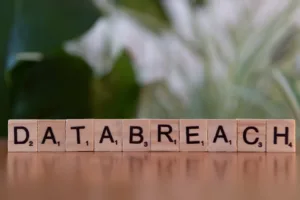
Ransom.Win32.MAOLOA.THAAHBA is a targeted ransomware variant affecting Windows systems, first observed in January 2021. While classified as “Low” risk due to limited distribution, its encryption capabilities pose significant operational disruption risks. The malware typically propagates through drive-by downloads or as a secondary payload from compromised systems.
Technical Characteristics
This Windows-specific payload exhibits sophisticated evasion techniques, including registry-based persistence and selective file encryption. Security researchers have documented aliases including HEUR:Backdoor.Win32.Remcos.gen (Kaspersky) and W32/Remcos!tr.bdr (Fortinet). The malware modifies RunOnce keys for persistence and strategically avoids encrypting critical system files with extensions like .dll and .sys. Forensic evidence suggests potential code sharing with GlobeImposter ransomware through similar file naming conventions.
Infection Methodology
The ransomware employs multi-stage deployment, often packaged in 7-Zip SFX archives. Initial infection occurs through either malicious website downloads or as a dropped payload from other malware. Trend Micro researchers observed the use of legitimate tools like certutil.exe and AutoIt scripts for execution, demonstrating advanced living-off-the-land (LOLBin) techniques. The malware creates temporary directories in user temp paths and generates multiple decoy files to obscure its activities.
System Impact Analysis
Upon execution, the malware performs comprehensive system modifications including registry edits to disable Windows Defender protections. It terminates critical services like Volume Shadow Copy and database services to prevent recovery. The encryption process appends “.Globeimposter-Alpha865qqz” to filenames while strategically skipping system-critical extensions. Security teams should note the creation of ransom notes titled “HOW TO BACK YOUR FILES.txt” in affected directories.
Detection and Mitigation Strategies
Organizations should monitor for specific indicators including unusual rundll32.com executions from temp directories and Windows Defender policy changes. Microsoft Defender detects this variant as “Ransom:Win32/Maoloa” with updated definitions. Preventive measures include restricting certutil.exe execution paths and implementing application whitelisting. For incident response, PowerShell scripts can hunt for registry modifications associated with security service disruption.
Operational Relevance
This malware demonstrates advanced techniques relevant to both offensive and defensive security teams. Red teams can study its LOLBin usage and registry persistence methods, while blue teams should prioritize monitoring for the described temporary directory structures. Threat hunters can utilize the documented IOCs including specific registry key modifications and file extension patterns for proactive detection.
Conclusion
While Ransom.Win32.MAOLOA.THAAHBA shows limited distribution, its technical sophistication warrants attention from enterprise security teams. The combination of legitimate tool abuse, false flag tactics, and comprehensive system disruption capabilities make it a noteworthy case study in modern ransomware evolution. Organizations should implement the recommended detection strategies and maintain updated backups as primary defense measures.






